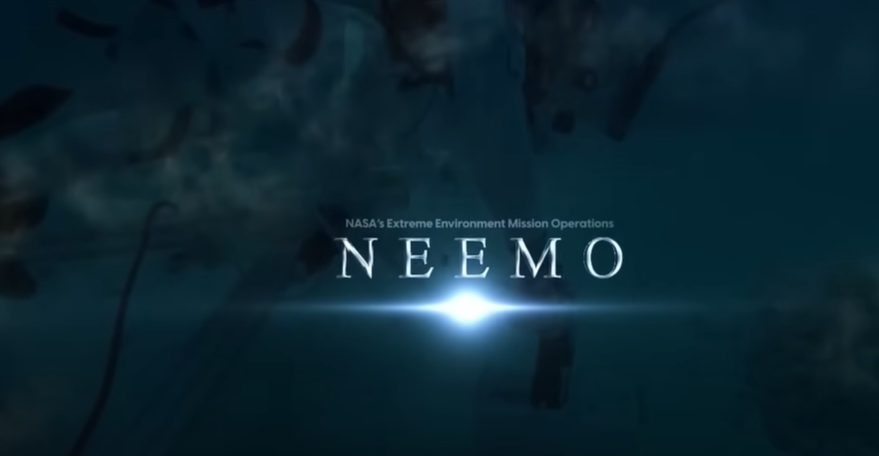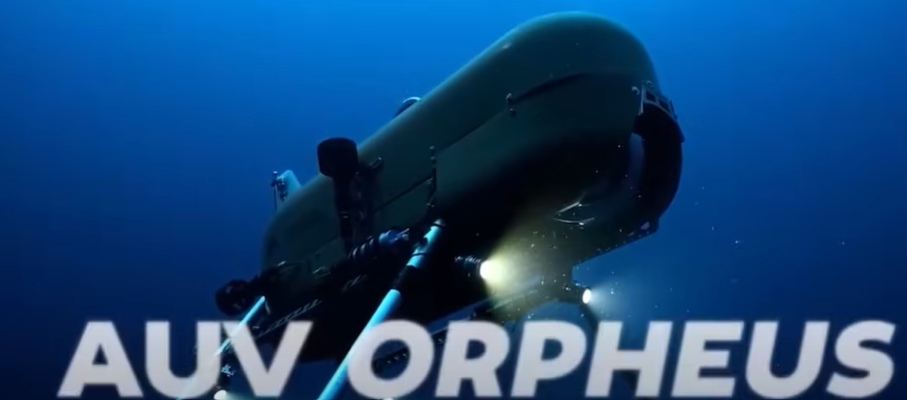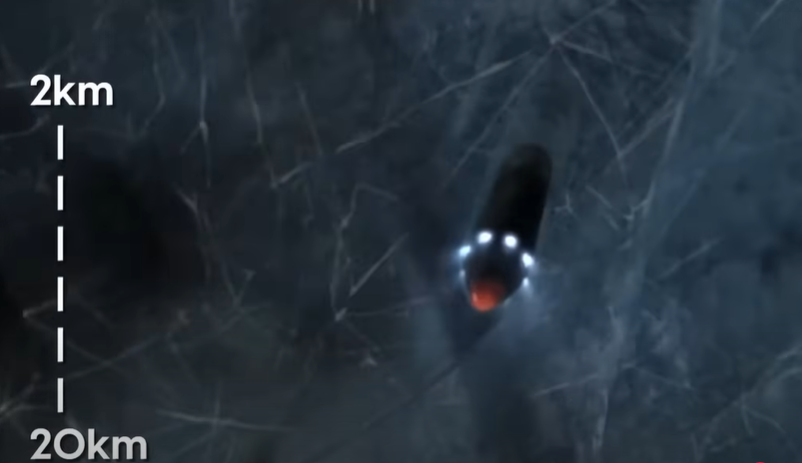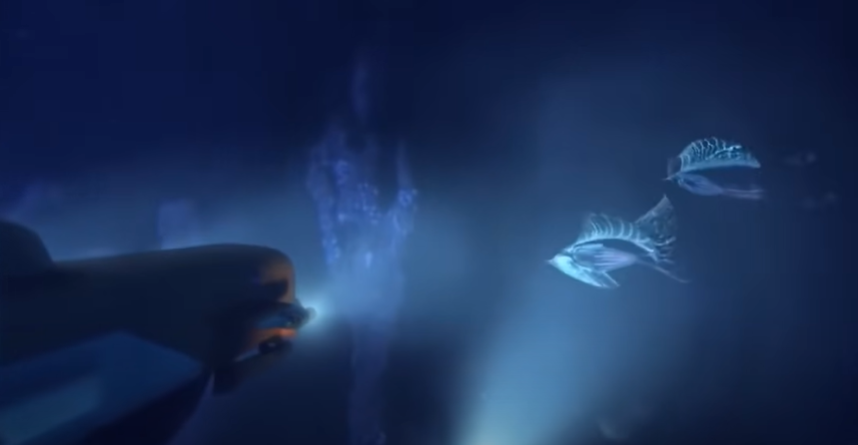The Ocean’s Deepest Secret: Why NASA is Obsessed with What Lies Beneath.
10 kilometers below the ocean’s surface, in crushing darkness and freezing cold, something extraordinary might be hiding—something so important that NASA is spending millions to find it.
But here’s the twist—they’re not just using submarines. They’re sending astronauts underwater.
Table of Contents
The Underwater Astronauts
Just off the coast of Florida, 20 meters beneath the waves, sits the world’s only underwater research lab—Aquarius Reef Base. Every year, NASA sends a team of scientists (nicknamed “Aquanauts”) to live here for weeks as part of Project NEEMO—a mission that mimics life in space.

Why? Because if we ever live on Mars or the Moon, we’ll need to survive in extreme, isolated environments. And the ocean is the best practice run we’ve got.
But that’s not even the wildest part.
Meet Orpheus: NASA’s Deep-Sea Robot Explorer
While astronauts train underwater, NASA’s autonomous underwater vehicle, Orpheus, is diving 10 kilometers deep—into a world of eternal darkness, crushing pressure, and hydrothermal vents that spew 400°C water.

Why? Because this might be where life on Earth began.
The Birthplace of Life?
Billions of years ago, before plants, animals, or even bacteria existed, Earth’s oceans were a chaotic chemical soup. But around hydrothermal vents, something incredible happened:
- Heat from Earth’s core provided energy.
- Minerals from the vents acted as catalysts.
- Water allowed molecules to mix and react.

And somehow… life sparked into existence.
NASA thinks that if life could start here, maybe it also started on other ocean worlds—like Europa, Jupiter’s icy moon.
Europa: An Alien Ocean Waiting to Be Explored
Europa is covered in ice, but beneath that frozen shell? A vast, salty ocean—possibly holding twice as much water as Earth.
And just like Earth’s deep-sea vents, Europa might have hydrothermal activity—meaning the perfect conditions for life.
NASA’s Crazy Plan to Find Alien Life
In October 2024, NASA will launch the Europa Clipper, a spacecraft that will:
- Slingshot around Earth and Mars to pick up speed.
- Travel for 7 years through deep space.
- Arrive at Europa by 2031 and start mapping its ocean.
But the real magic happens after arrival.
NASA plans to send ice-penetrating robots (cryobots) to melt through Europa’s icy crust. Once through, they’ll release tiny swimming drones to search for signs of life.

What If We Find Something?
Imagine getting the news: “We’re not alone.”
It wouldn’t just be about aliens—it would mean life isn’t a fluke. It’s a natural process that can happen anywhere with the right conditions.
Why This Matters to You
You might be thinking: “Cool, but how does this affect me?”
Because space exploration doesn’t just give us answers—it gives us new technology.
- Medical advancements from life-support systems.
- Better materials from deep-sea and space engineering.
- A deeper understanding of our own planet.
And most importantly—it reminds us how rare and precious life is.
Final Thought: Are We Alone?
We won’t know until we look. And if history has taught us anything, the universe is always stranger than we imagine.
So, what do you think? Could there be something swimming in Europa’s dark ocean? Let me know in the comments—I’d love to hear your theories!


